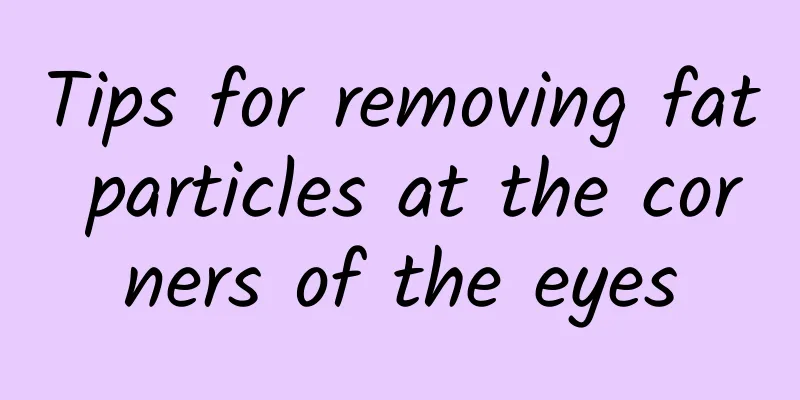Effects of magnesium sulfate topical application

|
Magnesium sulfate is a colorless crystalline compound that is easily soluble in water. It has many functions and also has a good choleretic effect. It is often used for intramuscular injection or intravenous drip. It is an anticonvulsant drug that has the effects of lowering blood pressure and treating asthma. The most obvious effect of magnesium sulfate for external application is anti-inflammatory and detumescence. During use, you should be aware of the precautions. Let’s take a look at this aspect. Effects of magnesium sulfate topical application Many people know that after intramuscular injection or intravenous infusion, nodules or bruises may sometimes form around the needle hole, and may even be accompanied by inflammation. At this time, you can choose to use magnesium sulfate solution for external application. The high osmotic effect of magnesium sulfate can quickly eliminate local tissue inflammatory edema. The magnesium ions it contains can protect vascular endothelial cells and improve blood circulation, thereby reducing inflammation and discomfort in the affected area. When using, magnesium sulfate can be mixed with hot water to form a 50% solution, soaked with gauze, and applied to the injection site. Apply it for 10 minutes each time, 3 to 4 times a day. It will usually heal in 2 to 3 days. It should be noted that magnesium sulfate solution cannot be used for a long time. If the symptoms do not improve after application, or even get worse, you should seek medical attention immediately. Also, some people are allergic to magnesium sulfate. Therefore, if early allergic symptoms such as rash, dizziness, sweating, etc. appear during use, you should stop the external application immediately, rinse the affected area with running water, and conduct desensitization treatment under the guidance of a doctor.How to apply magnesium sulfate solution externally Method of external application of magnesium sulfate solution: Patients should apply hot compress with magnesium sulfate solution and warm water bag within 48 hours and cold compress for 48 hours. The method is to soak gauze or cotton wool in 50% magnesium sulfate solution, then take it out and apply it to the affected area, and place a warm water bag on the gauze or cotton wool. When applying a cold compress, apply magnesium sulfate solution directly to the affected area. The duration of external application is about 15 minutes each time. The number of applications per day can be flexibly controlled according to the size of the nodule and the severity of the inflammatory reaction. The smaller the nodule, the better the treatment effect. Because magnesium sulfate has the pharmacological effects of hypertonicity, detumescence and analgesia, it is used in clinical practice and has achieved relatively satisfactory results. |
<<: Correct operation of diluting concentrated sulfuric acid
>>: The role of anhydrous copper sulfate
Recommend
Can I drink more water if I have kidney deficiency?
Kidney deficiency is a common disease in life. It...
Bailing tablets effects
We all know that human immunity is very important...
Side effects of Roselle
Many people don't know much about Roselle. Wh...
How to clear your neck and shoulders yourself
If you have a disease in your shoulder and neck, ...
What are the benefits of soaking your feet in white vinegar? It is worth using it based on these two points
When people wash their feet, if they can pour a l...
What to do if white strips are squeezed out of the skin
In today's society, people care more and more...
Can a severed nerve be restored?
Nerves are one of the most important parts of our...
Will I suffer from insomnia during early pregnancy?
In the early stages of pregnancy, due to hormonal...
How to improve oily hair
The most obvious symptom of oily hair is greasy h...
A piece of the side of the tooth is missing
There are always some people who have oral proble...
What kind of tea is better to drink when you have a sore throat caused by smoking, drinking and staying up late?
During the holidays, it is rare to get together w...
What is cervical cyst?
Nowadays, more and more women are suffering from ...
What are the effects and functions of thistle root
The root of the great burdock is a very pure Chin...
Anxiety Disorders
Compared with obsessive-compulsive disorder, ther...
Will there be blood in the stool when getting angry? Tips to prevent blood in the stool when getting angry
Getting angry is a very common phenomenon. Many p...









